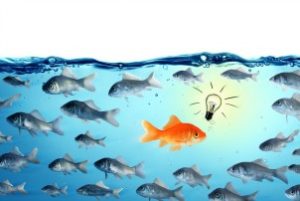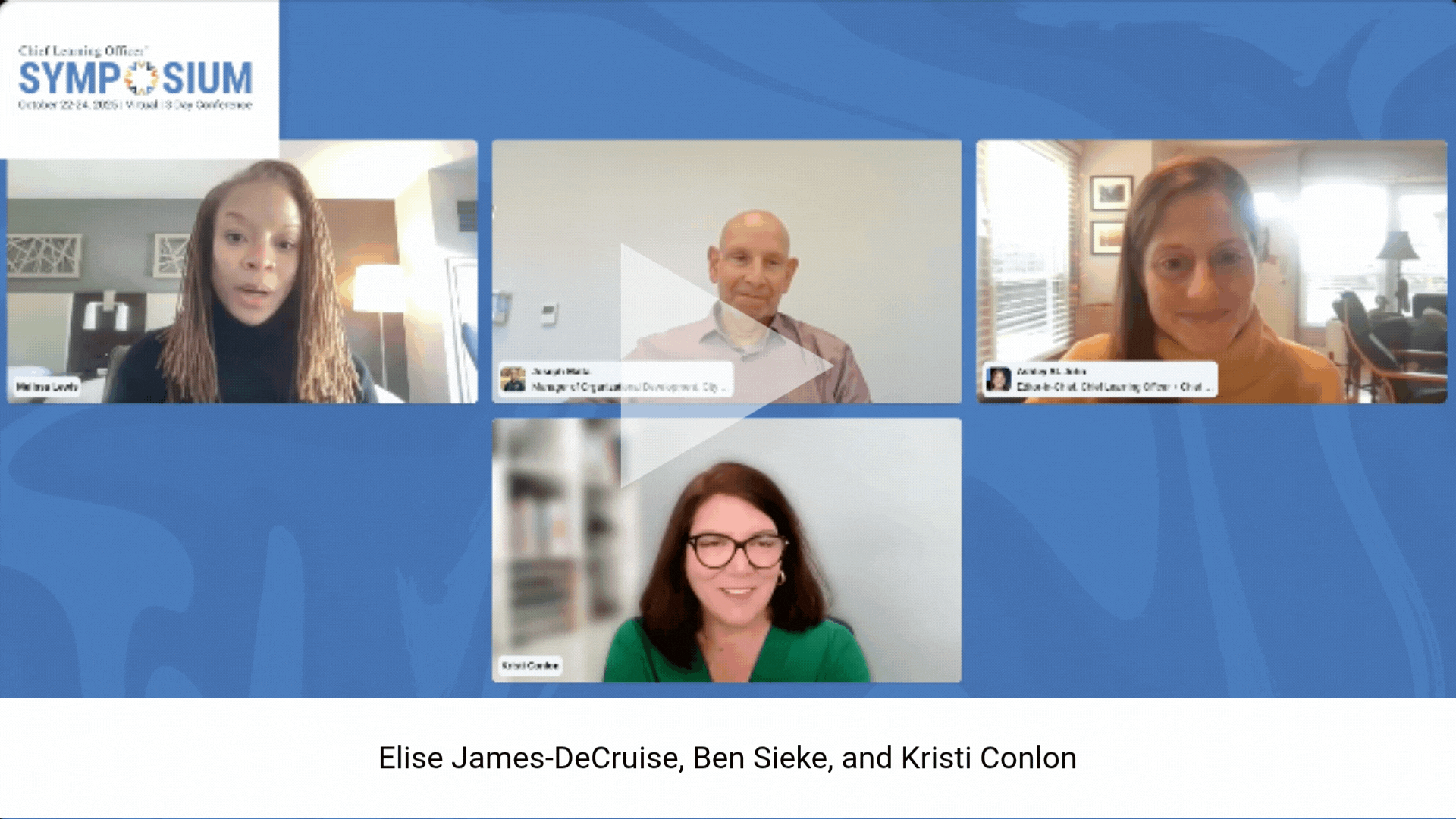
In today’s highly disrupted, time-sliced, resource-constrained world, effective change leadership is more important than ever. While most people still think of change leadership as coming from the top of the typical pyramidal organization chart, the reality is that everyone and anyone can and should be a change leader throughout the organization.
Given the speed of change — what we have come to call a “Twitterized” world — any individual may know a key piece of information or be able to provide the critical leadership that is the difference between organizational success and abject, rapid failure.
With change leadership so decentralized and time pressured, how can an organization quickly develop needed leadership capabilities and spread critical knowledge to other sometimes distant parts of the organization? Most organizations rely on traditional learning methodologies to develop leaders and disseminate knowledge. These are too slow, centralized and ineffective to meet most organizations’ needs.
Fortunately, due to recent advances in neuroscience, new learning methodologies are emerging that enable the capture and dissemination of expert information, including how to be a great change leader in “Twitter time” — the speed of our fast-paced environments. The key advances are in the areas of self-discovery and self-directed learning.
Self-discovery is when someone can be guided into a heightened awareness of their most critical professional knowledge — their “secret sauce” of excellence. By having key personnel respond to a series of questions about their work, particularly questions about the social good their work creates, powerful images emerge. Articulating these images causes a release of neurochemicals, endorphins and dopamine, that create a sense of well-being, expand openness to new ideas and increase motivation.
Additional questions may guide people to visualize sharing their knowledge with a trusted colleague. This causes them to dive deeper into the details of their knowledge, providing a comprehensive picture of performance excellence. Visualizing sharing meaningful knowledge causes the release of more neurochemicals, serotonin and oxytocin, that are associated with wanting to create group success.
These two elements of self-discovery drive change leadership development in multiple ways. First, self-discovery causes people to articulate the attitudes and perspectives associated with leadership excellence. They become highly impassioned about their purpose and directly connected to promoting group collaboration and well-being to achieve the greater purpose. Second, the content itself contains specific knowledge that others can use to become more productive and to make better decisions.
Third, this process can be directly applied to change leadership by focusing questions on how best to lead change. Asking change leadership questions can uncover why change leadership is a powerful way to think and act, and make this knowledge available to others.
Note, when it comes to self-directed learning it does no good to capture lots of great knowledge, and get everyone excited about becoming leaders and sharing that knowledge if there isn’t a robust methodology to convert individual, isolated organizational actors into organizational change leaders.
Having someone focus on a compelling purpose, even if it’s not initially their own, can cause a powerful neural response. If someone else is excited about a change, others are likely to become excited too. If someone is excited about promoting group collaboration and success, others are likely to become excited too. For instance, images of self-discovery have tremendous, intrinsic viral properties. By presenting these images in a specific way, others can experience similar neural responses to the person doing the self-discovery. As a result, everyone can learn to think and act like a change leader in their work area and in other disciplines.
Contrarily that process is not too slow for our Twitterized world. Because of the efficiency in how our brains process these images, self-discovery can be done in as little as three hours. In this short time, anyone can identify the key conceptual framework and many focused actions that would enable others to learn and apply expert knowledge. This is critical because, however decentralized organizational knowledge may be, virtually everyone has knowledge to contribute and, because this is so efficient, anyone can do self-discovery with minimal load on the organization.
Similarly, self-directed learning, because it uses the same images, is incredibly efficient. It typically takes a less experienced person about 45 minutes to learn the key concepts of new knowledge. These images become the foundation to guide others to change and to learn change leadership as they are changing. Actually developing and consistently using the new attitudes and skills takes a little more work — typically from eight to about 40 hours of concentrated practice. While this is a lot in Twitter time, it is much faster than what has been possible before.
To start this process, first, believe that serious change leadership development and actual change leadership can be done in Twitter time. Second, focus on how to guide self-discovery and self-directed learning. For instance, visualize yourself doing these two things, and you may feel the neural chemicals hit your system.
Change leadership is as simple as understanding how our brains process critical change and leadership images, and then guiding these into high impact learning approaches.
William Seidman is the CEO of Cerebyt Inc. Comment below or email editor@CLOmedia.com.














